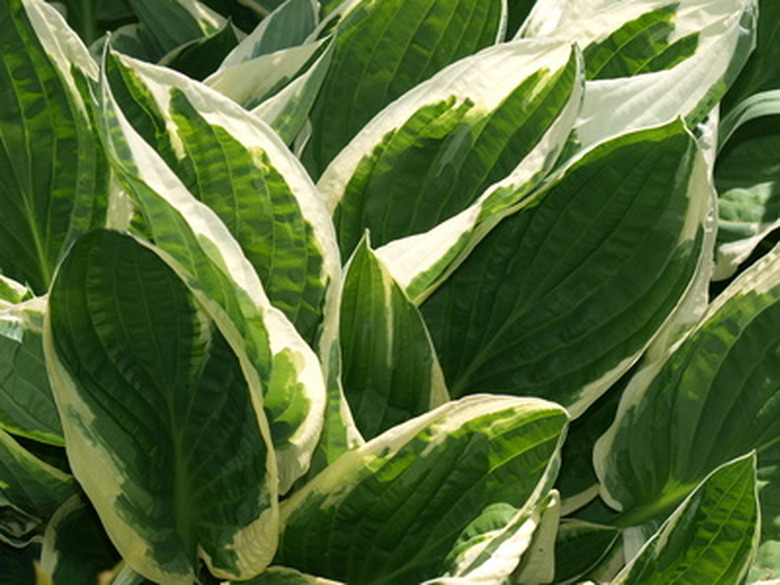How To Transplant Hostas At The Best Time
Things Needed
- Spade
- Garden scissors
- Planting mix
Originating in Asia, hostas arrived in America in the 1800s. Since that time, hostas have been extensively bred, creating a wide range of foliage color, from ice blue and variegated (green and white) to gold. Size varies from miniature to the large elephant-ear plants. Flowers can be white, shades of lavender or a rich purple, and a few are fragrant. Hostas prefer a well-drained, moist soil in a shady location. The best time to transplant hostas is in the spring or fall.
Step 1
Place shovel 6 to 8 inches away from the clump. Dig down approximately 10 inches.
- Originating in Asia, hostas arrived in America in the 1800s.
- Since that time, hostas have been extensively bred, creating a wide range of foliage color, from ice blue and variegated (green and white) to gold.
Step 2
Lift the clump in one piece. Consider using two spade shovels on either side to lift out the clump in one piece.
Step 3
Divide if needed, separating the clump into several pieces each with a significant amount of roots.
Step 4
Move the hosta to its new location. Hostas prefer a shady location.
Step 5
Prune away any damaged roots or leaves with scissors if you are transplanting during the growing season.
Step 6
Dig a hole several inches wider and deeper than existing clump or division. Add planting mix and place plant in hole. Backfill, tamping down soil as you go. Soil should not be higher than the original level in the old location.
- Lift the clump in one piece.
- Divide if needed, separating the clump into several pieces each with a significant amount of roots.
Step 7
Water every day for seven days, then monitor water needs and water more if necessary. Hostas generally need about 1 inch of water a week.
Step 8
Fertilize the following spring with a standard garden fertilizer such as 10-10-10.
Tip
Garden Gate Magazine says that hostas may be transplanted or divided in spring, summer or fall. It may be easier to do this before plants actively grow in spring. Hostas rarely need dividing, according to the University of Minnesota Extension.
Warning
Avoid transplanting, dividing or watering during the heat of the day. Too much sun will scorch leaves. Too much shade causes slow growth and loss of variegation. Do not plant too deeply as plants will rot.
